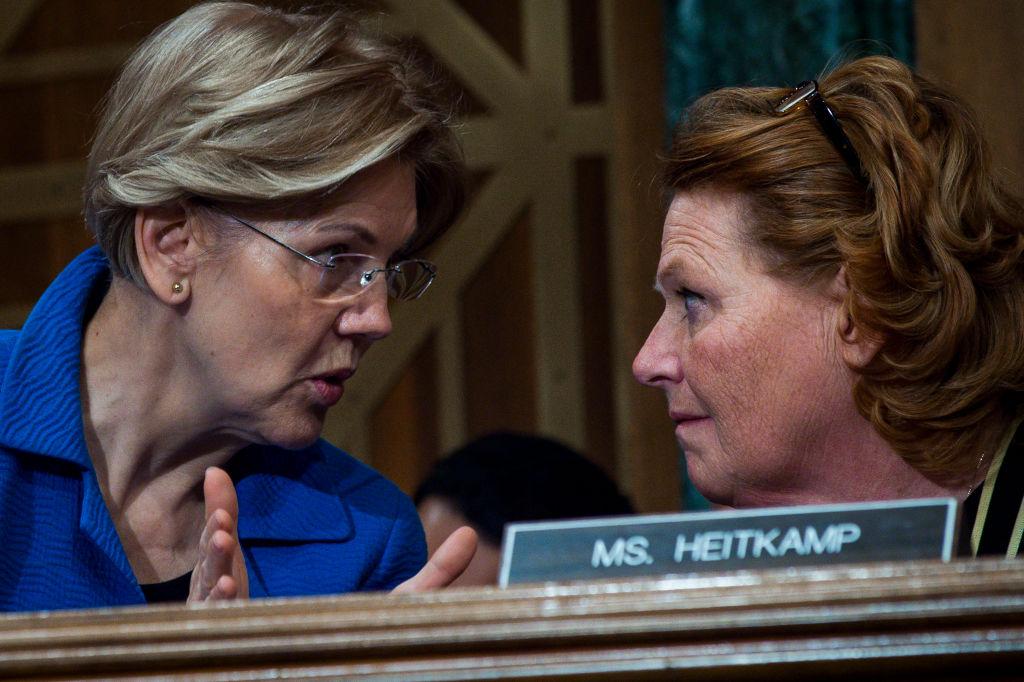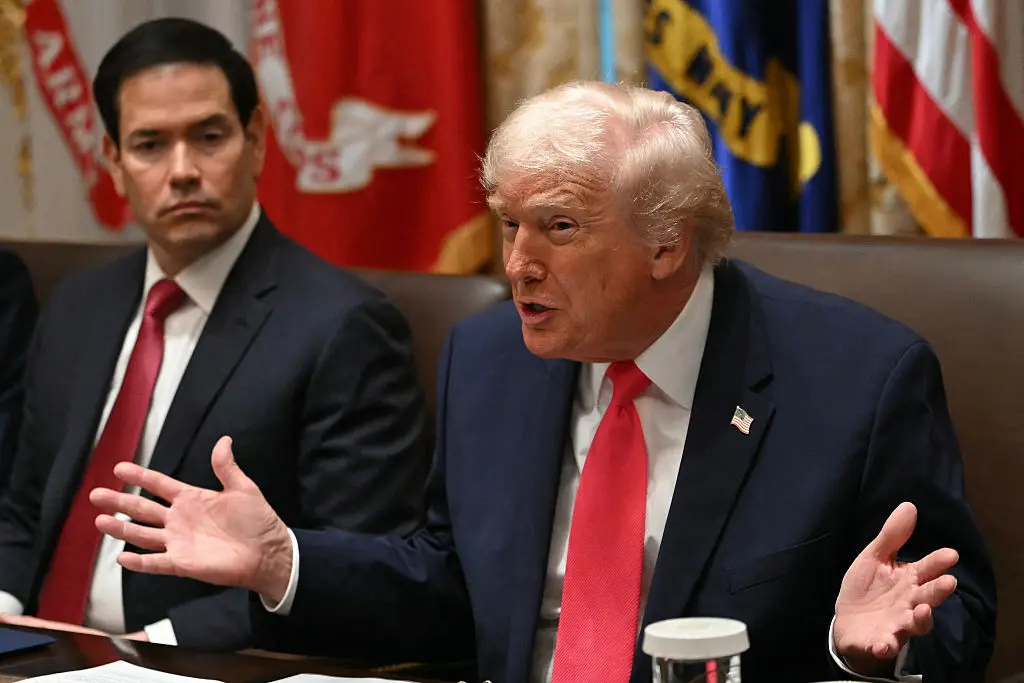WASHINGTON—President Barack Obama fought long and hard to pass the 2010 Dodd-Frank Act, a signature policy achievement that has now turned into a source of tension among Democrats.
In a 67–31 vote, the Senate passed a banking bill on March 15, paving the way for the largest overhaul of banking regulations since the 2008 financial meltdown. The measure rolls back a part of the Dodd-Frank Act to provide regulatory relief for U.S. banks.





